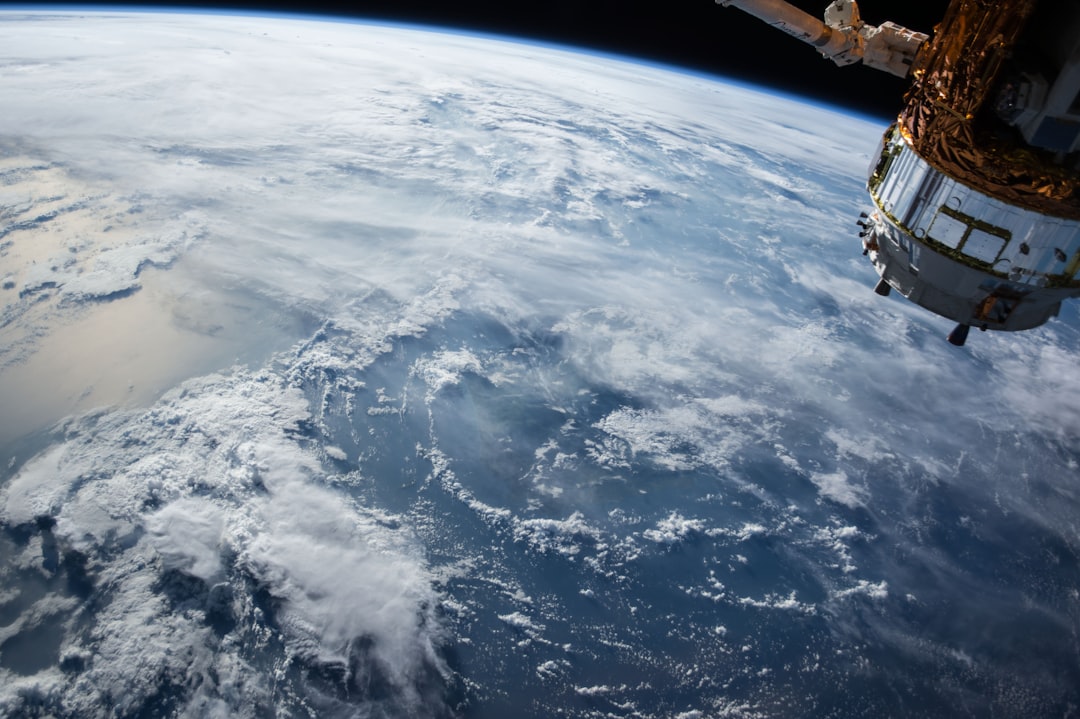What is it about?
Space weather is listed as a natural disaster by the Federal Emergency Management Agenc y of the UnitedStates (www.ready.gov/space-weather). The advancement of space weather research has become impera-tive since the advent of technologies vulnerable to its impacts. Astronauts during space station operations, satellite and radio communications, to name a few, are adversely affected by space weather. In order to support the development of an early warning system for space weather irregularities and space debris problems, the Space Environment Research Center (SERC) of Kyushu University (KU) was established in 2002 to carry out basic science research under the direction of Kiyohumi Yumoto. In 2005, the construction of a global array of magnetometers called MAGnetic Data Acquisition System/Circum-pan Pacific Magnetometer Net work (MAGDAS/CPMN) was initiated [Yumoto and STPP Sub-Committee, 2009]. As of 2014, there are 72 stations worldwide monitoring the Earth’s magnetic field globally (Figure 1). Also in 2005, joining in the research effort is the project “Basic Study of Space Weather Prediction,” which was supported by the Ministry of Education, Culture, Sports, Science and Technology of Japan. Kazunari Shibata led this 5 yearproject to find answers to fundamental questions of space weather science in order to develop a physical model of the coupling processes in the solar-terrestrial interaction [Shibata and Kamide, 2007]. However, an accurate forecasting system has not yet been achieved. According to Akasofu [2007], the success of space weather prediction research lies on strong collaboration between solar, magnetospheric, interplanetary, and upper atmospheric scientists. There is still much work to be done on this aspect. However, the education and training of potential researchers can build not only stronger collaborations but also sustain data acquisition for a longer periodof time, which is essential for solar-terrestrial research. Thus, in this paper, capacity building is proposed as a new tool for the advancement of space weather research.
Featured Image
Read the Original
This page is a summary of: Capacity Building: A Tool for Advancing Space Weather Science, Space Weather, October 2014, American Geophysical Union (AGU),
DOI: 10.1002/2014sw001110.
You can read the full text:
Contributors
The following have contributed to this page










